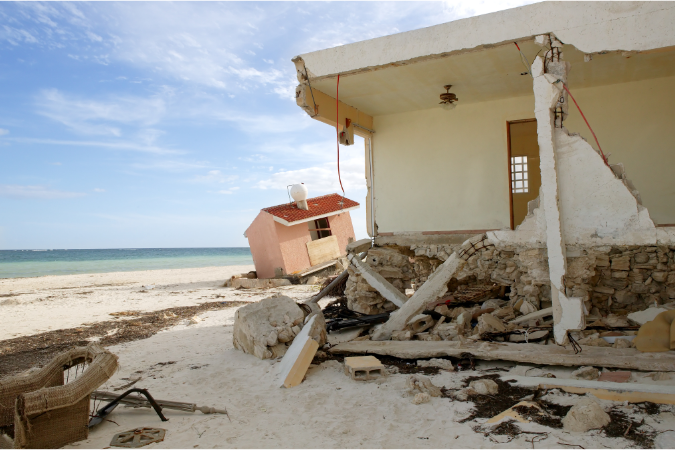5 Ways Architects Need to Manage Post-Disaster Reconstruction
Written By Ricardo Álvarez-DíazABOUT THE AUTHOR | Ricardo Álvarez-Díaz is the founder and principal of the architectural firm Álvarez-Díaz & Villalón, with offices in Miami and San Juan, Puerto Rico.
As another hurricane season comes to an end, it’s important that architects know how to manage post-disaster reconstruction.
Post-disaster reconstruction allows for architects to learn from past disasters and use their designs to build stronger communities that adapt to changing conditions and stand the test of time. Here are five ways architects need to manage post-disaster reconstruction:
1. REBUILD RESILIENTLY
As we continue to face devastating natural disasters throughout the world, architects must build resiliently. Resilient design is the calculated design of structures that are made to withstand natural or man-made disasters and facilitate a quick recovery.Examples of resilient design applications include shading devices, daylighting techniques, proper insulation, durable building envelopes, durable entrance points and more.Resilient design also helps people maintain livable conditions during interruptions in basic services (electricity, water, etc.) or disturbances resulting from climate change such as warmer temperatures, rising sea levels, intensified storms, and wildfires.
2. EMPLOY SUSTAINABLE DESIGN
Architects need to design using sustainable measures. Sustainable and renewable energy systems can provide long-term value and benefits, especially after natural disasters.Multilayered impact-resistant windows, for example, protect a building from hurricane-force winds while also saving energy and reducing power bills.Alternative and sustainable energy systems such as solar panels and solar thermal systems are becoming more available to people. Architects who design with sustainable measures like these, help people get through emergencies.
3. ENFORCE BUILDING CODES
Building codes protect public welfare by regulating design and construction practices, materials, location, occupancy and maintenance of buildings and structures. Strict, uniform building codes help save lives and mitigate property damage caused by natural and man-made disasters. The Caribbean is particularly vulnerable to hurricanes and the damage caused by them. These powerful storms have encouraged architectural innovation and stricter construction standards and building codes in that area.By making structures more resistant to damage caused by natural and man-made disasters, architects who implement the latest building codes into their designs help reduce the number of deaths and injuries and save billions of dollars in property.
4. USE FEDERAL FUNDS
Federal funds are essential in order to create resilient communities and manage post-disaster reconstruction. Making good and efficient use of these funds helps communities recover quickly.For example, the Government of Puerto Rico is directing the implementation of CDBG-DR Funds in order to support recovery, reconstruction, economic revitalization and housing development initiatives in the Island.Architects who take advantage of federal funding programs available for safe and resilient reconstruction are helping to accelerate disaster recovery.
5. EDUCATE COMMUNITIES
While no one can anticipate all the consequences of a natural disaster, past events have taught us that being prepared is the key to successfully overcoming them.Architects can use resources like the Keep Safe Guide for Resilient Housing Design in Island Communities to help people and communities become educated and be better prepared to survive future disasters.Architects who educate people on how to prepare their homes and communities for future natural and man-made hazards, help create resilient communities that can be better equipped to manage disasters.
DESIGN FOR THE FUTURE
The extensive damage and human suffering caused by natural and man-made disasters remind architects of the importance of managing post-disaster reconstruction right. That is why architects must think long-term and consider the worst-case scenarios when aiming to design resilient and sustainable buildings, communities, and cities.

